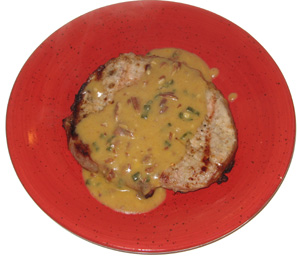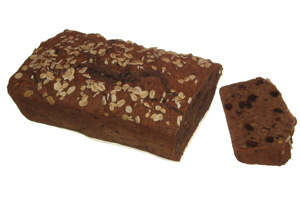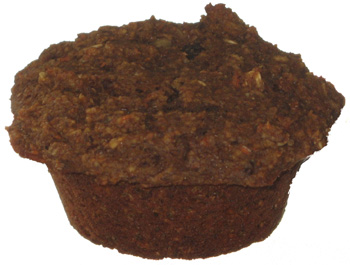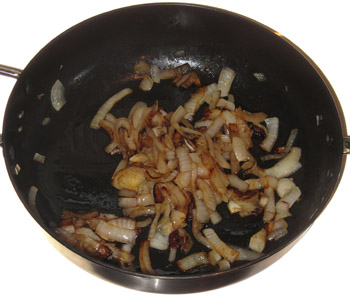Mmm, beer. What real men drink. And yet, how many of you know that beer is an excellent ingredient in the kitchen? In soups, stews, and marinades beer adds dimension like no other liquid. I tell you what, I like cooking with beer more than I like drinking it.
This recipe is a fairly original creation of my own, it is a combination of a few other recipes. I’ve made this numerous times, and every time it has turned out great. I love making it for guests in the summer as well.

Butter Beer Cheesy Pork
- 4 10oz or so pork chops, cubed cutlets, tenderloin steaks, or any other pork steak cut you fancy.
- 1 12 oz bottle honey wheat beer, the stronger the flavor the better.
- 2 cloves garlic, minced
- 1 tbsp olive oil
- ¼ tsp salt
- ½ tsp ground black pepper
- 1 cup green onions, sliced thin
- ½ cup chopped roasted pecans (bake in oven at 350 for 10m to roast pecans)
- 2 tbsp flour
- 2 tbsp butter
- Sharp cheddar cheese, shredded, to taste (1-2 cups usually).
Alright, step one, pour the first 5 ingredients (through black pepper) into a zip top plastic bag with the pork. Set it into a bowl in case of leaks, and stick it in the fridge for 4 hours or overnight, longer is better.
Preheat your grill so that it is hot. This dish also tastes well when smoked. So you could use it with plank grilling (cedar). Take the meat out of the marinade, toss it on the grill (or on the wood plank on the grill) and cook to desired doneness, 30-45 minutes usually. But this will vary greatly depending on what cut of meat you are using.
When pork is about half way done put a saucepan on medium heat on your stove. Melt the butter and then when the butter is melted add the flour and whisk rapidly for 3-5 minutes. Then add the reserved marinade from the plastic bag and bring to a boil.
Once you’ve reached a boil let it boil for a few minutes, stirring occasionally, just to make sure it is fully cooked (the marinade was with raw meat after all) then lower the heat to a simmer and start adding the cheese, while whisking constantly.
Here you have decisions to make. How many people are you serving? How much sauce do you need to cover all that pork? I usually end up tossing in another beer into the saucepan, and more cheese, to make more sauce because I like the sauce. Since beer isn’t usually sold in 1 bottle packs, you’re bound to have another bottle in case you need to do the same. If not, water works but isn’t as flavorful. If you need to thicken the sauce more and do not want to add more cheese, make a corn starch slurry (equal parts cold water and corn starch, mixed together in a separate dish, then poured in, it has to be corn starch, flour will not work with cold water like this). Keep tasting the sauce to make sure you like it. The goal here is to make a good, syrup-like thickness, cheese sauce, in enough volume to cover all the meat.
When you’re happy with the sauce and the pork is done, toss in the green onions and chopped pecans, mix, and then pour the sauce over the pork (or, pour it into a bowl and let people serve it themselves).
Is this dish healthy? Sorta, many pork cuts can be very lean, and you’re having relatively small servings of 8-10oz per person. The cheese sauce isn’t as healthy as it could be, but cheese is a very worthy guilty pleasure. The trick though is in the side dishes. Serve this meal with healthy sides like grilled or baked veggies, fresh fruit, and things like that. Don’t serve any bread, pasta, rice, or other starches with it. The pork itself might not be as healthy as it could be, but with good sides the overall meal can be.



 No, I did not mistype the title of this post. I am going to tell you how to make a healthy cheeseburger (or hamburger, if you’re a weirdo who doesn’t like cheese).
No, I did not mistype the title of this post. I am going to tell you how to make a healthy cheeseburger (or hamburger, if you’re a weirdo who doesn’t like cheese).  Mmmm, man food, meat and potatoes. And yet this is a nutritional food blog, so can I still do man food? I know can do healthy meat (but that is another post) but can I do healthy potatoes?
Mmmm, man food, meat and potatoes. And yet this is a nutritional food blog, so can I still do man food? I know can do healthy meat (but that is another post) but can I do healthy potatoes? Onions, like some other vegetables such as carrots, have a lot of sugar in them. This isn’t to mean they’re sweet like a candy bar, it isn’t the same type of sugar. These are complex sugars.
Onions, like some other vegetables such as carrots, have a lot of sugar in them. This isn’t to mean they’re sweet like a candy bar, it isn’t the same type of sugar. These are complex sugars.
Recent Comments